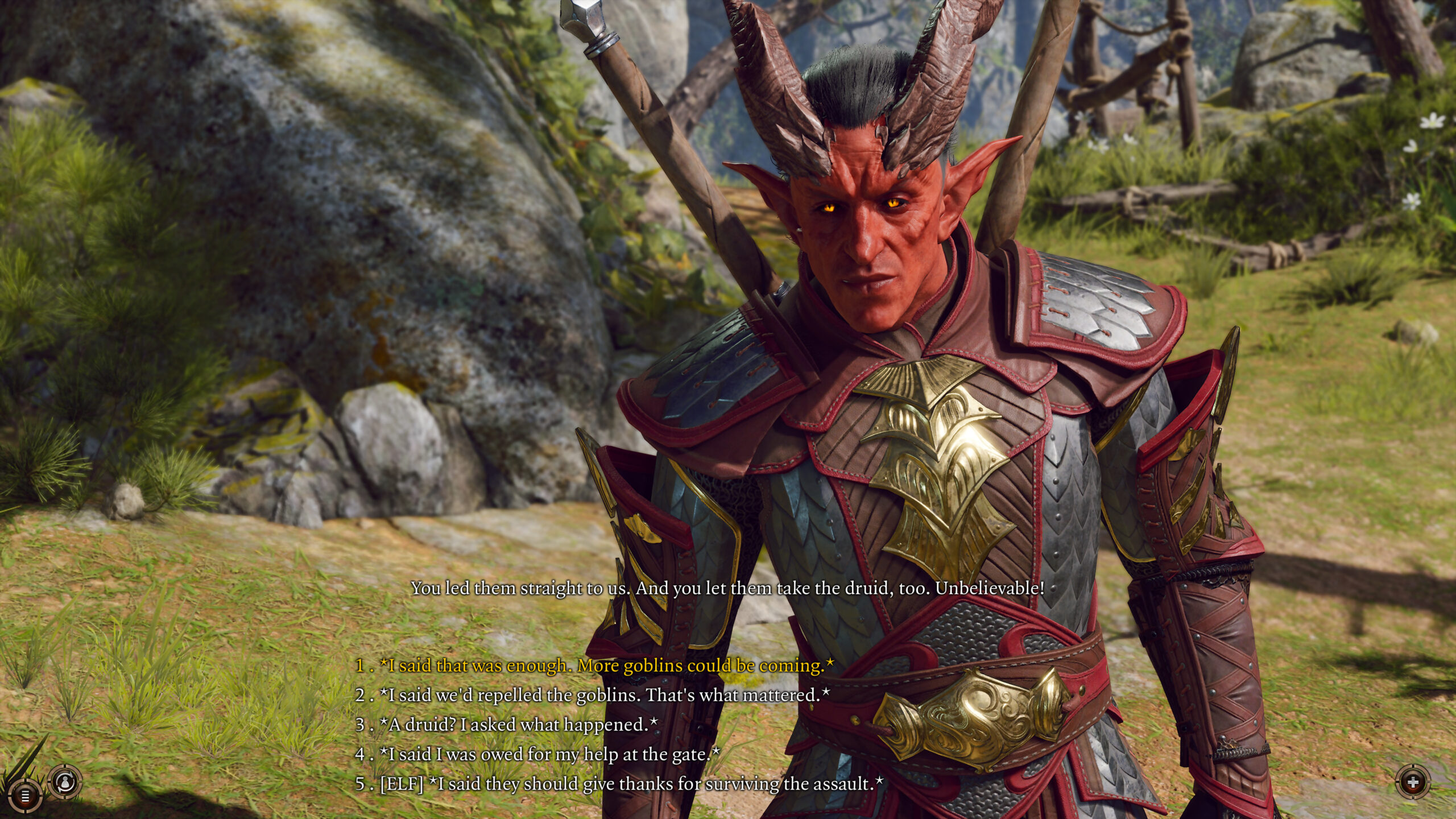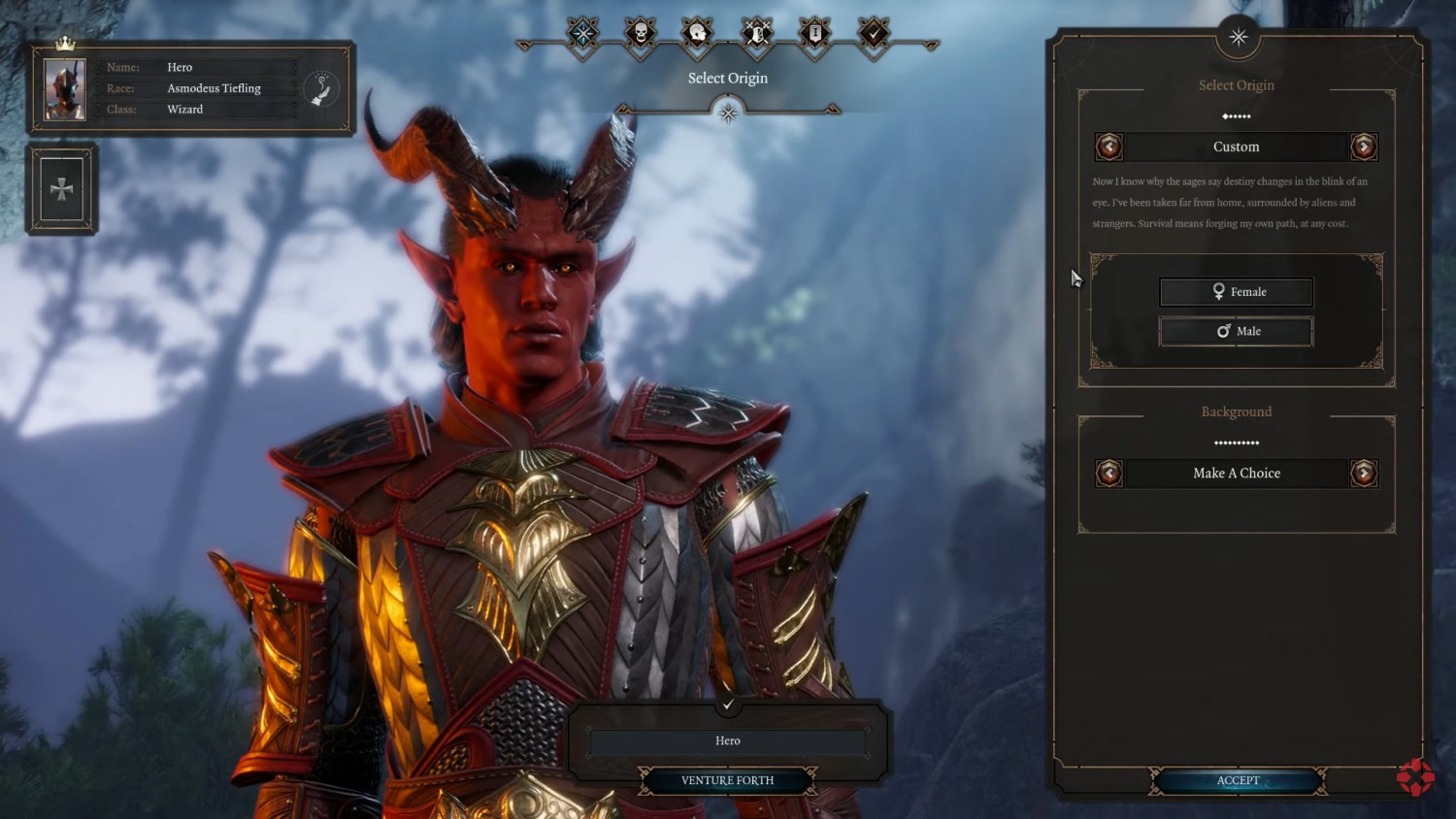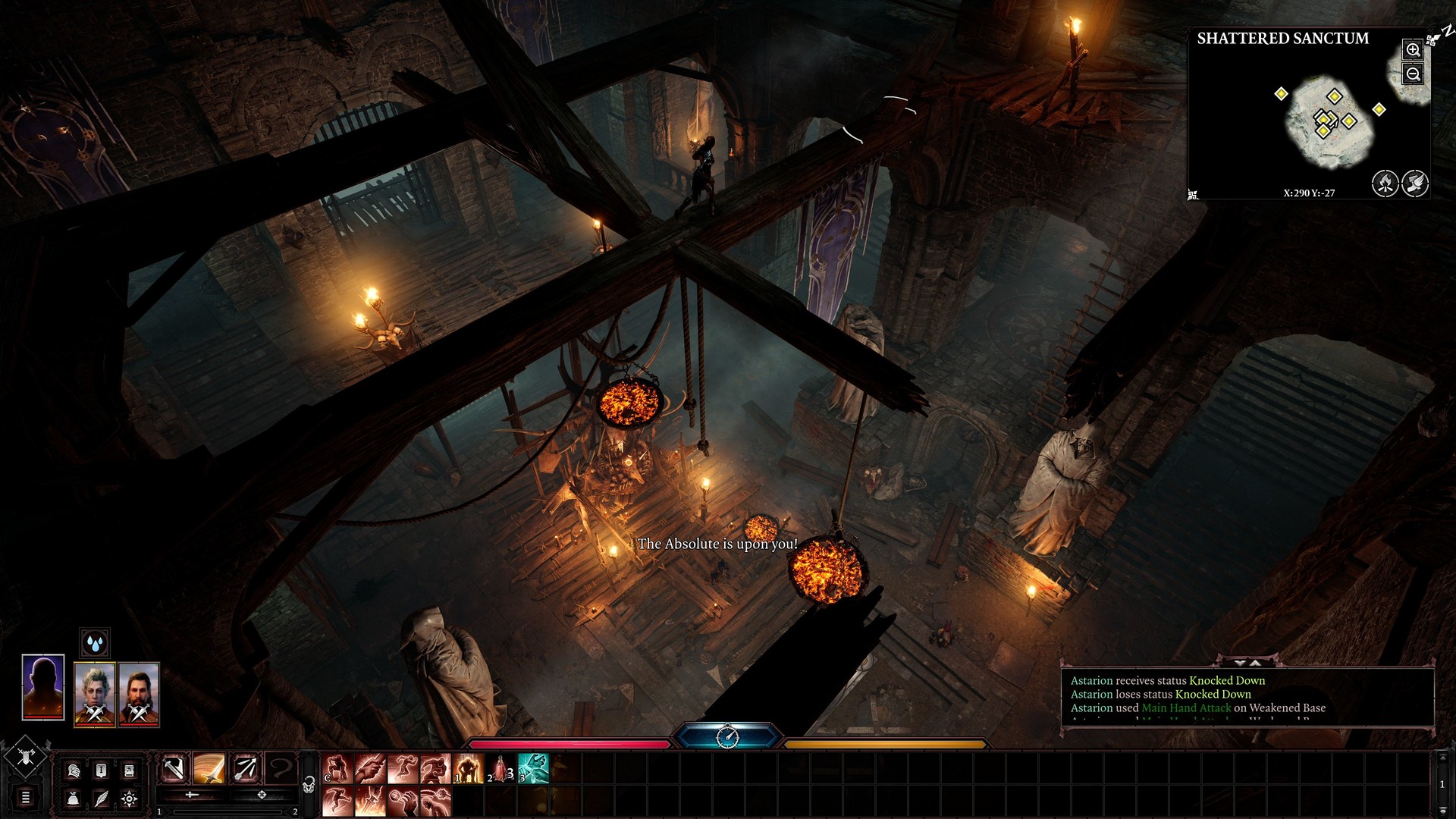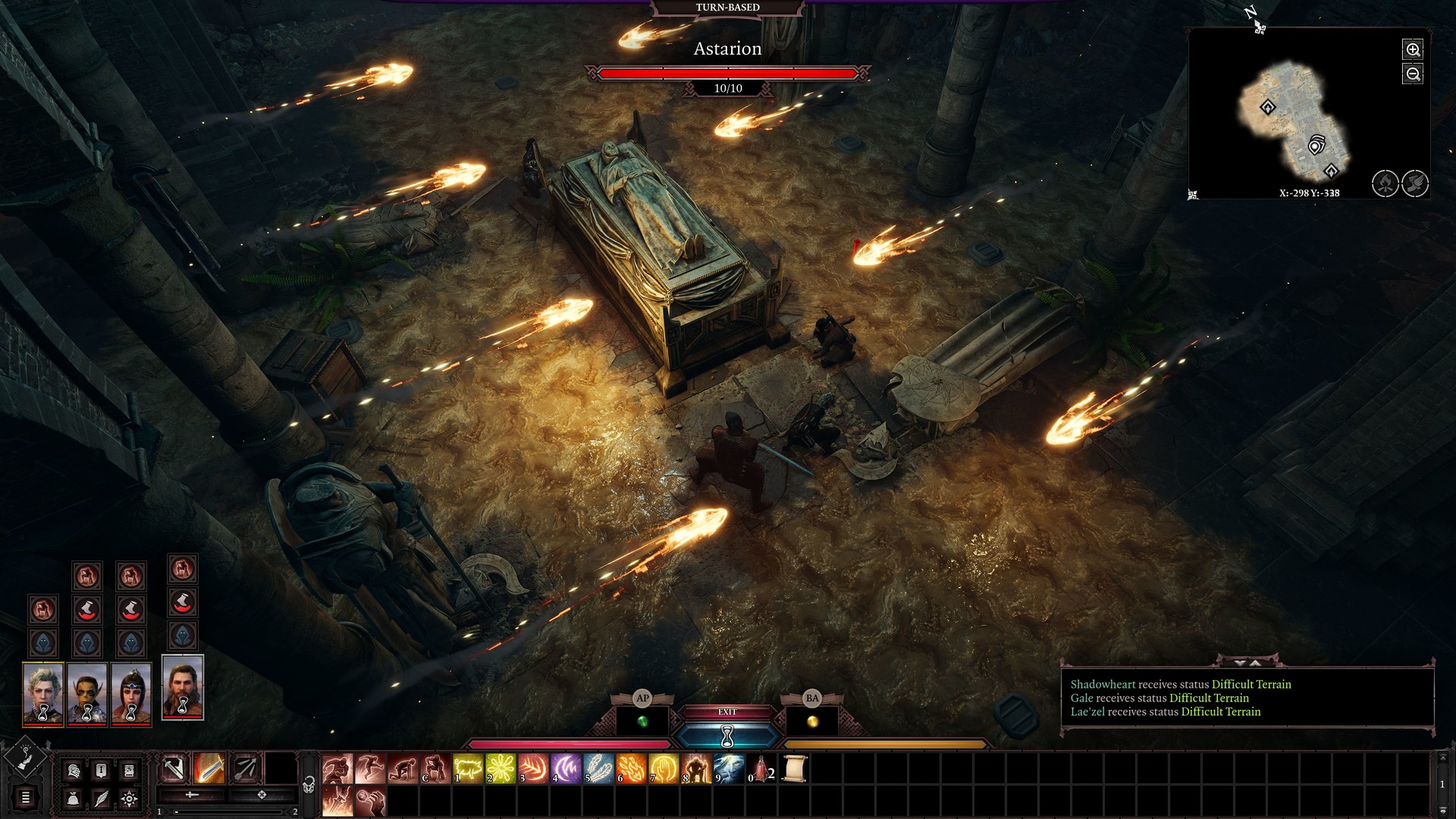
Baldur’s Gate III
Larian Studios
The first Dungeons & Dragons role-playing ruleset was published back in 1974 by game designers, Gary Gygax and Dave Arneson. It dramatically differed from the fantasy games that preceded it because it centered on individual characters that people created and played, rather than grand scale wargames. As Dungeons & Dragons blossomed and other folks came out with their own role-playing games, the computer gaming market was still in its dark ages.
Although Dungeons & Dragons has remained ever-popular, modern computer gaming technology has increased exponentially, both in terms of its technical sophistication and worldwide popularity. However, combining the emergent human possibilities of tabletop role-playing games, with the computer gaming realm, has always been difficult. Computer games have never been able to duplicate the human interaction between a role-playing game’s game master (who functions as a referee and storyteller, all in one) and his players.

However, two companies are giving it their best shot. Those two companies are Larian Studios, which has recently released Baldur’s Gate 3 to the gaming masses, and Tactical Adventures, which just debuted their entry, Solasta: Crown of the Magister (I’ll be reviewing Solasta next week).
As with similar role-playing games, in Baldur’s Gate III you first design a character using its in-depth character creator. You can manipulate your character’s various stats, skills, race, class (and/or subclass), appearance, and other important factors that go into the creation process. Since I wanted to start with something more familiar I created a Human Fighter with high Strength and Constitution stats. Next time, I think I’ll try something different like a broad-shouldered (and bellied) Dwarf Cleric, just to get an alternative viewpoint.
Anyhow, after you’re done creating your character, you can team up with three other players and begin your grand Baldur’s Gate III adventure, after all, these types of games are best when played co-op. I teamed up with a Half-Elf Wizard, a Human Ranger, and an Elf Rogue. I felt as though my party complemented each other perfectly since my Fighter and the Ranger could be on the frontlines and melee to our heart’s delight, while the Wizard and Rogue could deal their damage from afar (unless the Rogue was able to creep up and backstab enemies). Finding the right synergy with other party members can almost be a fun game unto itself.

As with any genuine tabletop Dungeons & Dragons experience, you’ll eventually come across situations where you will have to pass certain skill checks. For example, you may be walking along with your party when you’re presented with an opportunity to see if you can detect something hidden, like a secret door.
Likewise, you’ll also encounter many different NPCs and can engage them in elaborate multi-choice conversations. In these instances, you’ll be presented with similar skill checks to see how each one unfolds. Fail a skill check during one of these and you could turn a relatively harmless run-in into a full-fledged battle.
All skill checks are done by rolling a 20-sided die (or “d20” in role-playing parlance) and when I mean roll—you actually see the die on your computer screen as it performs your roll. This was a welcome shock to me, as I don’t think I can remember any other computer role-playing games (CRPGs) that got so literal with die rolls. Instead, they usually handle everything internally and behind the scenes.

I won’t spoil any of Baldur’s Gate III storyline but I will say that it’s pretty epic. Although it has only just been released on Steam’s Early Access phase, there’s already a lot to do. For example, you and your party can be in the middle of performing a particular quest when you stumble upon a hidden chamber, which in turn opens up an entirely new quest. Keeping track of where you are and what you’re doing is key here if you want to get the most out of this game; in total, this early build of Baldur’s Gate III can entertain you for about 25 to 30 hours.
Graphically, Baldur’s Gate III looks stunning—I’d say it’s the best-looking CRPG to date. The game’s various environments are all very different and are also highly detailed. The character models and battle effects are also well done; each magic user’s spells have their own particular animation full of distinctive and colorful effects. You can really tell that Larian took the aesthetics from its last CRPG, Divinity: Original Sin 2, and somehow turned things up a notch.
As an Early Access title, Baldur’s Gate III does have its share of bugs. Except for game crashes, nothing detracts from the experience too much. Thankfully, this is not D:OS2 all over again with a light coating of Dungeons & Dragons. On the contrary, Larian has created perhaps the purest iteration of the 5th Edition rules so far, although I haven’t tried Solasta: Crown of the Magister yet (but will soon). If handled right, Baldur’s Gate III has the potential to be one of the greatest (if not, the greatest) CRPG gaming experiences. I’ll be back to render my full review once this title exits Early Access.

Baldur’s Gate III has some pretty good looking graphics that make its CRPG gameplay truly shine. However, you want to have a pretty beefy gaming PC or gaming laptop in order to play it at a decent framerate. So, you may just want to invest in a decent gaming rig:
Visit CyberpowerPC’s website to check out all of the other great deals as well!